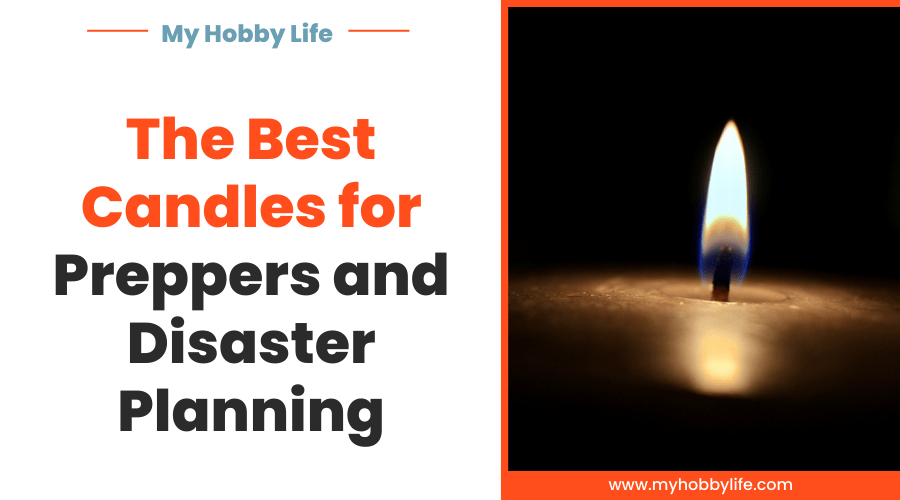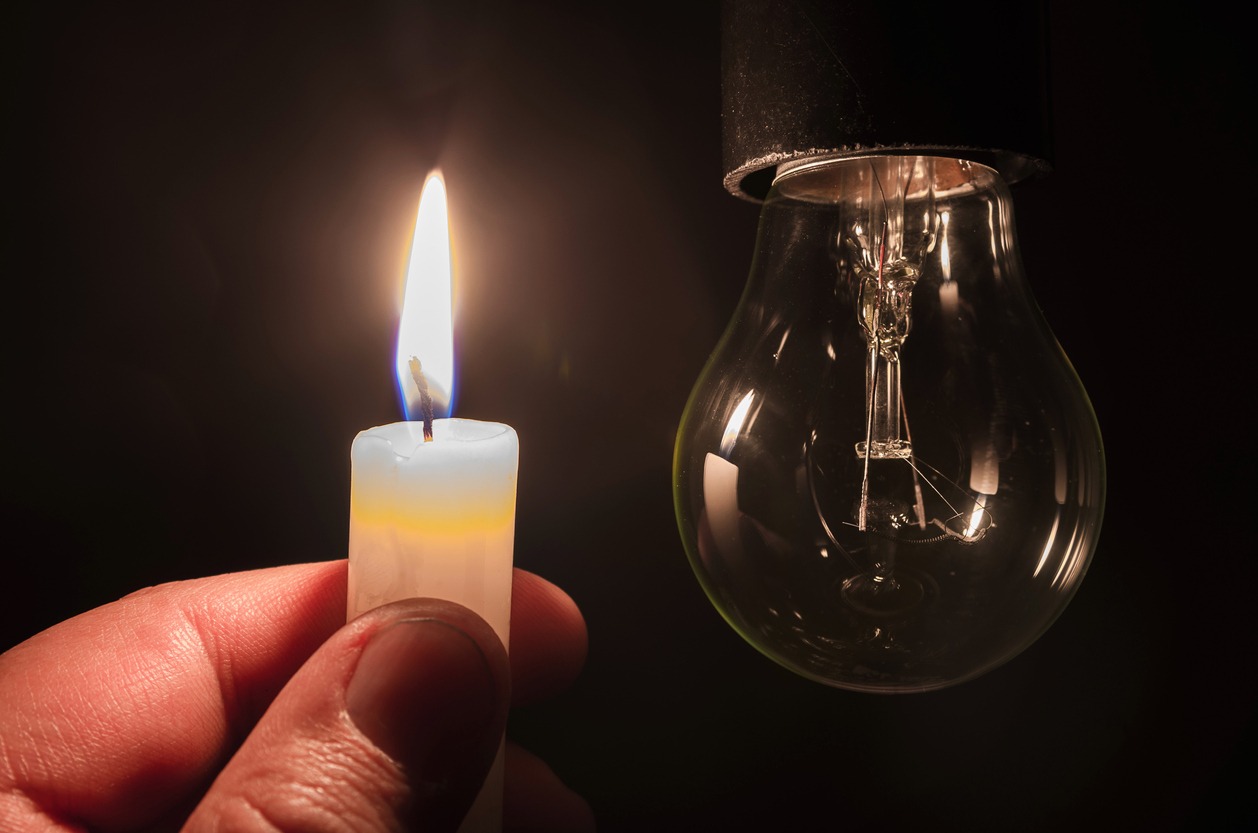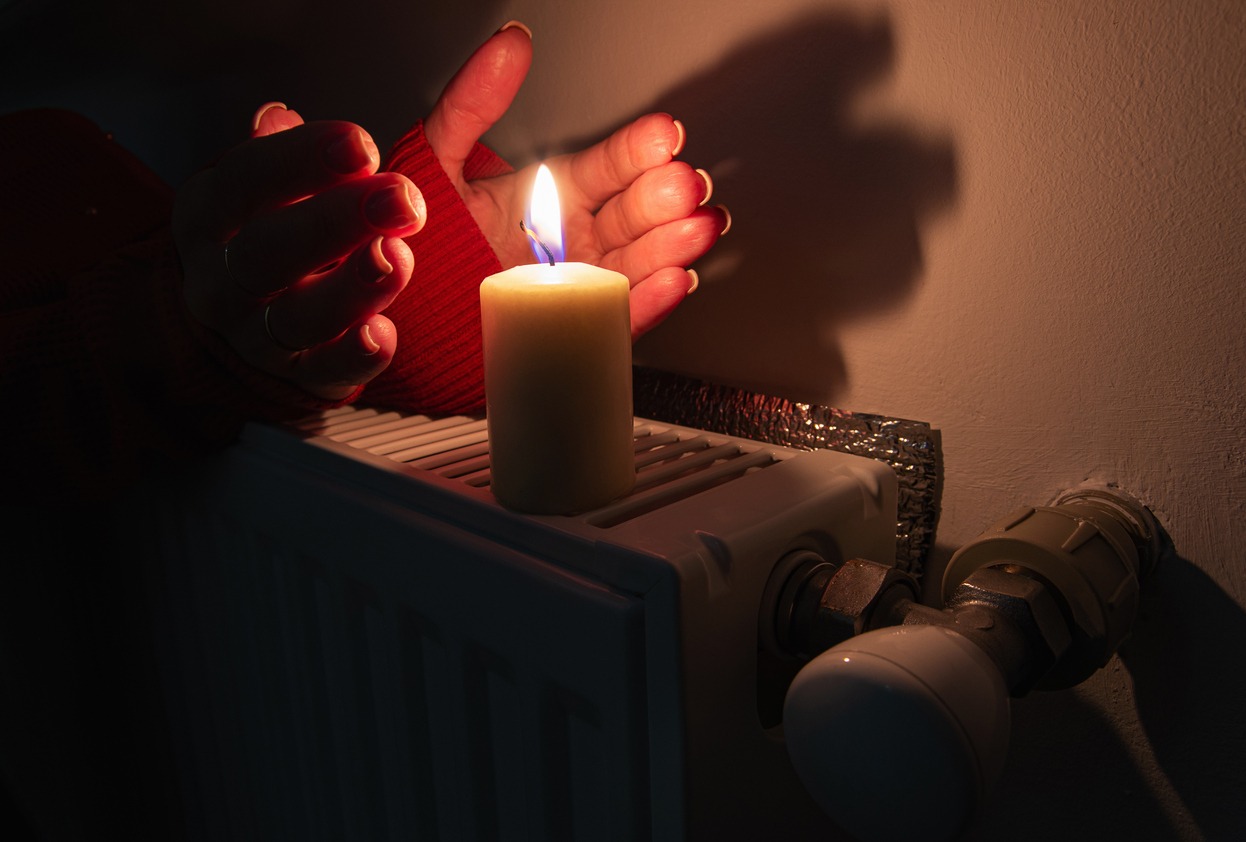One of the most underused preparations and survival tools is emergency candles. So many people hurriedly purchase other necessities while overlooking this tried-and-true lighting alternative. The simplicity of survival candles is what makes them so fantastic. If you don’t have power, they’re a reliable hands-free technique for maintaining a light in your home. Every home needs to be capable of being ready to handle a power loss. Although some don’t endure very long, in dire circumstances they can.
Best Candles for an Emergency
When selecting emergency candles, there are a few things to keep in mind. Burn time is the first. How much time will the candle need to burn? Light output is the second. Make sure there is enough light from the candle to see by. Price comes in third. Don’t blow a lot of cash on candles you might never use. The scent comes in fourth. Some candles have an overwhelming aroma that makes them unsuitable for tiny spaces. Choosing unscented candles or candles with a delicate, pleasing smell may be a good idea.
Candles were necessary for every novice. Technology has significantly improved with the usage of solar chargers, rechargeable batteries, and LED illumination. When it comes to supplies that are delivered to your home, liquid paraffin candles are usually the finest choice. All the fundamental safety measures can be covered if you burn them for six hours each day. Have a lot of candles on hand in case you need to use them in an emergency.
Which Candles Are Best Used in Emergencies?
The finest material for emergency candles is liquid paraffin because it is sealed, doesn’t drip, and has a burn time of more than 100 hours. One of the most widely used waxes is solid paraffin wax, however, it burns poorly and is less preferable. Self-contained candles, which are available in metal tins, are excellent for keeping in bags. Unscented is the best candle to cook, light an emergency, or heat a space. Candles should only be used in an emergency and should never be left unattended. Candles are a less expensive and easily accessible light source, even though powered flashlights can be a superior choice.
-
- Pillar Candles: A pillar candle is a huge, hard-wax candle that can stand on its own. To catch the melted wax, set it on a non-flammable plate or dish. A 3-inch pillar candle may burn for 30-35 hours, a 5-inch candle for 65-70 hours, and a 7-inch candle for 90-95 hours.
- Container Candles: Container candles are useful in an emergency. These candles are packaged in a non-flammable container that is filled with wax and has a wick in the center. Container candles may be extremely lovely and are simple to manufacture at home. For emergency lighting, we have several container candles on hand. I buy container candles with lids in glass and metal containers.
- Votive Candles: A votive candle is a little candle that does not come with a cup. To burn, a votive candle must be placed in a cup or votive holder once it has entirely liquefied. A little votive candle can last up to ten hours.
- Tall Candles: A taper candle is a long, narrow candle with a base that is slightly wider than the tip. To provide light in the room, these candles are set on a candlestick. Tall straight candles are ideal for use in emergencies. Long candles produced and sold exclusively for emergency lighting are available.
- Emergency Liquid Candles: Popular self-contained liquid candles sold exclusively for emergency lighting are 100-Hour liquid candles. Liquid paraffin is contained in a plastic container, which has a broad base. It generates a little flame that illuminates and burns safely.
Preparing for Survival with Candles
There is no better moment than right now to learn how to create candles or, at the very least, to stock up on candles if you haven’t given the necessity of candles for survival much thought. Any candle is a good choice to keep on hand for emergencies, but a survival candle is all about the style. There is no great mystery. Survival candles often have a longer lifespan than ordinary candles, lasting about 36 hours. What is their method? The vessel and the wicks, not the wax, hold the secret.
How to Make a Survival Candle for Preppers
When you think about it, you only need three ingredients to make a simple prepper’s survival candle. A wax, a wick, and an appropriate container to hold the wax A candle-making pitcher is useful for wax candles, but a metal pitcher can be found at garage sales or charity stores. Right is some candle-making equipment. Again, this is entirely optional. Separate your candle-making supplies from your kitchen pots and utensils. To put it another way, don’t melt dangerous wax in food containers.
- Select a Container: Your prepper candle needs a vessel to contain the fuel, which should be easy to improvise for survival purposes, such as a user can. If you have the time, you can choose a vessel based on its ambiances, such as a sea shell or a coconut shell. Consider the safety of your vessel, as glass can shatter if not made specifically for candle production. When choosing a container for your candle, consider safety. When building your survival candles, use a container that will not shatter if it gets too hot and will not allow the fuel to escape, perhaps causing a fire. Also, make sure the container isn’t too porous, such as thin terra cotta or clay, which could absorb the wax. Lead can sometimes leach from pottery.
- Candle Wicks: The candle is created by the wick. A wick’s function is to supply fuel to the flame. If you plan ahead of time, you can stock up on wicks for candle-making. Making a prepper’s wick may need some resourcefulness but improvising a wick with items you already have should be simple. When making your wick, you’ll often need to treat the fiber with a borax and salt solution or boric acid powder. The best wick is made from 100% cotton yarn or thread that has not been dyed or bleached. To create an effective wick, soak the fibers in borax and wax, or in boric acid and warm water to dissolve.
- Fuel: The majority of people associate candles with wax. Not only are there numerous types of wax, ranging from beeswax to soy wax and paraffin wax, but candle fuel can also be derived from other substances.
It is useful to keep some survival candles on hand in the event of a catastrophe, especially if it causes a protracted power outage. These candles burn longer than the typical candle, illuminating the nighttime hours for as many days as feasible.


